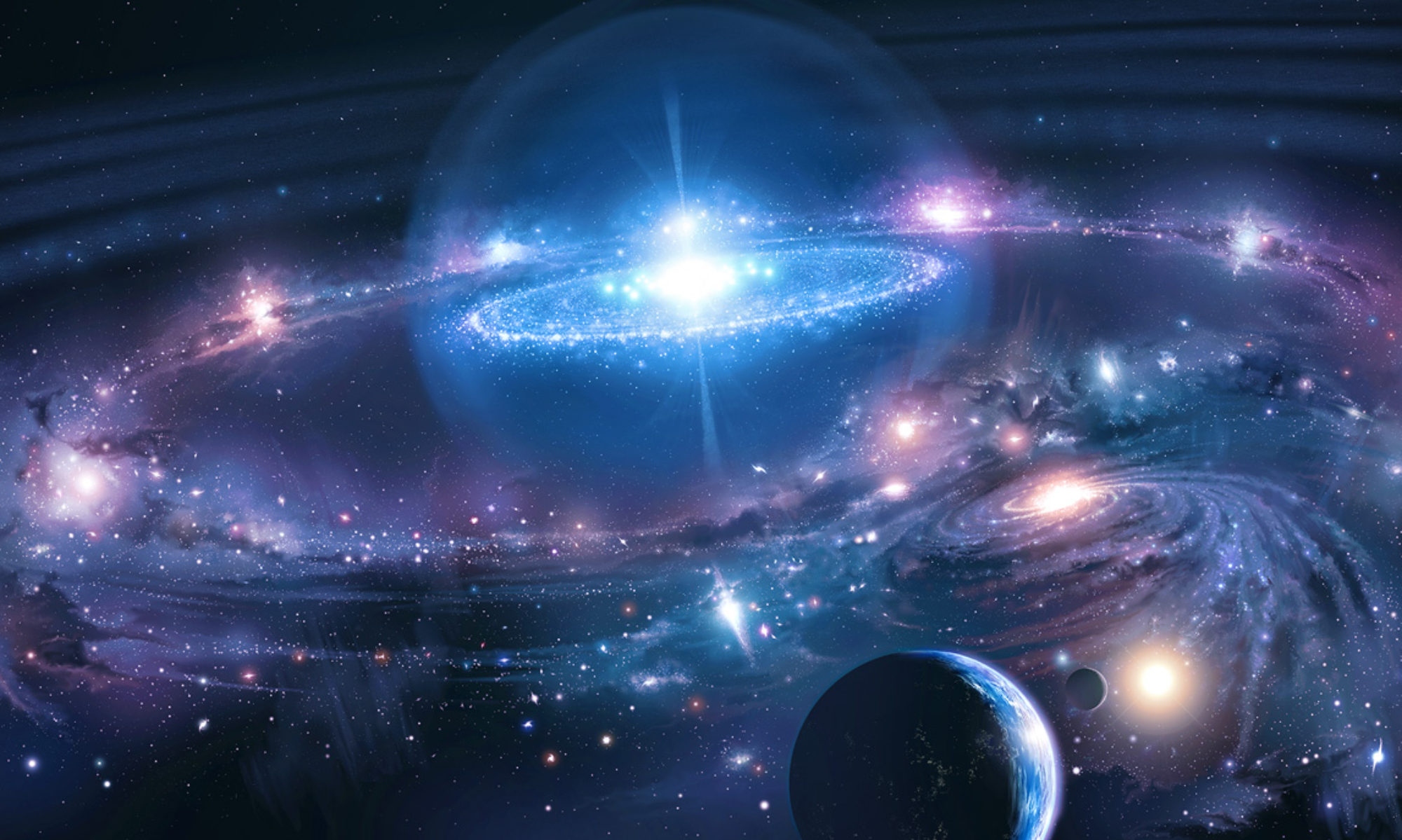Space Sciences
Date: October, 2016
Source: Nature 538,8
Because the theoretical predictions for star formation in science do not match what is actually observed, scientist have lately begun to consider the possibility that electromagnetism plays a roll in the process.
The Scientific Journal Nature (538,8), published an article : ” Astronomy: Magnetism drives star birth”. In this article, Nature refers to an article from Astronomy & Astrophysics (593,L14, 2016), where a team of scientists made observations of a large gas cloud with the Atacama Large Millimeter/sub-millimeter Array (ALMA) telescope in northern Chile. They observed that the gas of a stellar system collapsed and fragmented, . . . forming a string of clumps. The clumps will eventually form the cores of future stars. From these observations, they ran numerical simulations to match the observations, and they discovered that these formations can be modeled, using strong magnetic fields. The study findings confirm theoretical predictions that magnetic fields play a major part in protostars formation.
Blavatsky proposes that electromagnetism (the primary manifestation of Fohat on the physical plane) is the main force responsible for cosmic processes. In the Secret Doctrine, she quotes an “ancient Commentary to Stanza IV,” which describes the formation of a cosmic systems in a way that matches what science observes today:
“The grains (of spawn) are soon attracted to each other and form the curds in the Ocean (of Space). The larger lumps coalesce and receive new spawn . . . and at the appointed time some of the lumps detach themselves and assume spheroidal form . . . after which . . . motion (the Breath) becomes the whirlwind and sets them into rotation.” (SD vol. 1, p. 97)
see : Nature article
see : Astronomy and Astrophysics article
